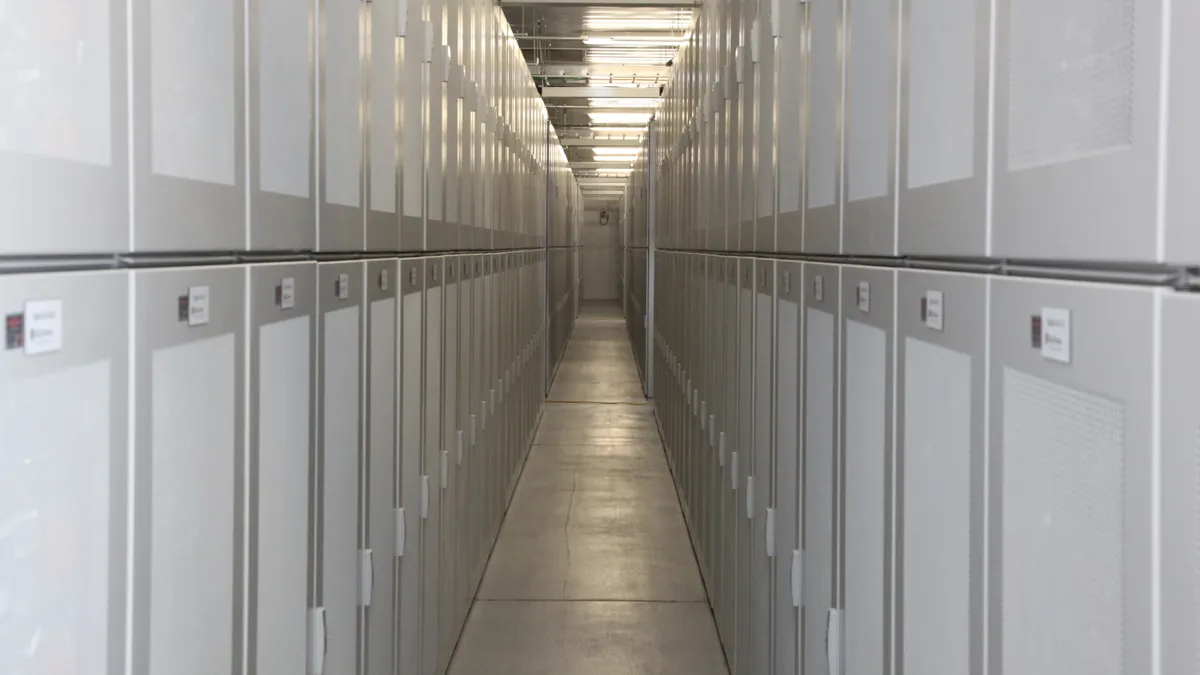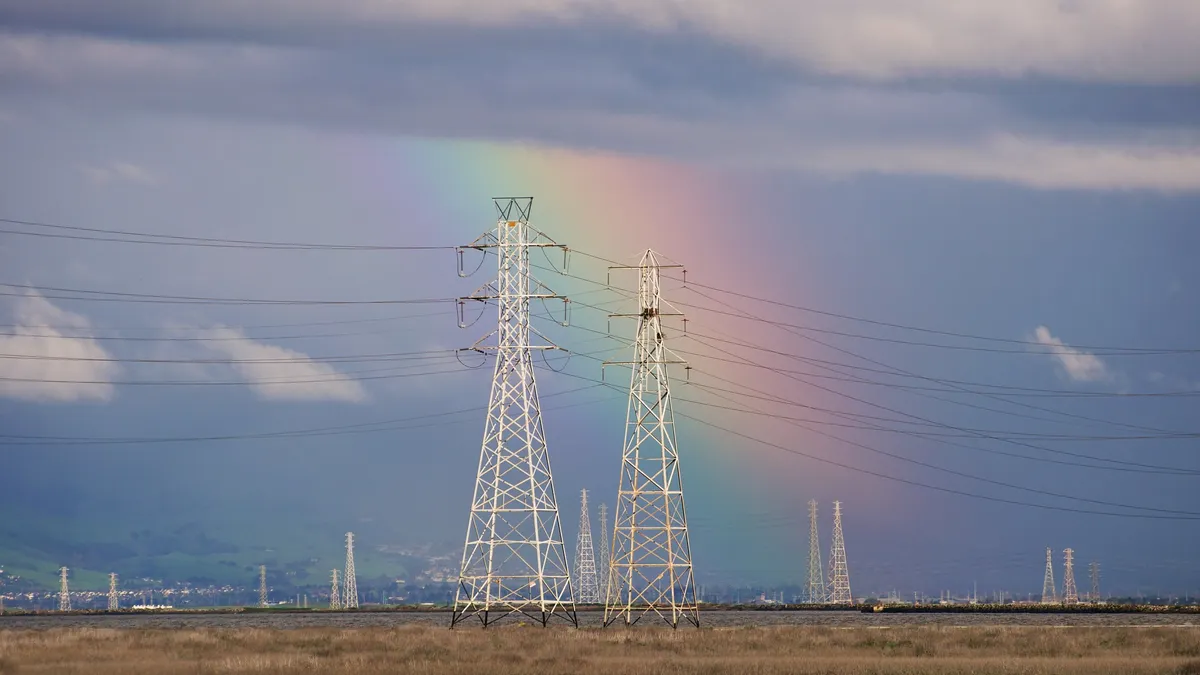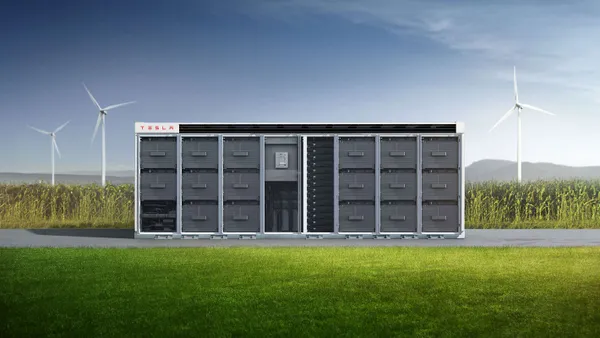Dive Brief:
-
Utilities added 207 MW, 257 MWh of energy storage in 2016, according to a new report from the Smart Electric Power Alliance (SEPA).
-
The states where the most energy storage was installed last year were California (120.5 MW, 176.6 MWh), Indiana (22 MW, 20.8 MWh), and Ohio (16.1 MW, 6.2 MWh).
- Utility storage deployments took the lion’s share of installations, accounting for 151 MW, 181.6 MWh, followed by non-residential installations with 54 MW, 68 MWh of installations, and residential deployments were third with 4.5 MW, 7.5 MWh.
Dive Insight:
A combination of falling lithium-ion battery prices and regulatory mandates propelled the energy storage market last year. Lithium-ion prices have fallen 60% since 2012, according to SEPA. And downward price pressure is likely to continue as manufacturers increase their capacity. Manufacturers added 27.9 GWh of capacity in 2016, says SEPA.
On the regulatory front, California was still the leader with a revamp of its Self-Generation Incentive Program (SGIP) that oriented it more toward storage technologies and a doubling of the budget to $166 million from $83 million.
SGIP, along with other storage incentive programs, kept California and California utilities in the lead of SEPA’s storage rankings.
California accounted for 10 of the 29 utility-scale storage projects in 2016 for a total of 76 MW, 117 MWh installed, representing 45% of the capacity and 62% of the energy installed last year.
California utilities also led the pack with Southern California Edison and the Imperial Irrigation District installing the most storage in 2016, 63.2 MW and 30 MW, respectively. Indianapolis Light & Power and San Diego Gas & Electric took the third and fourth spots, installing 20 MW and 17 MW, respectively.
The SEPA report is based on the organization’s annual survey of electric utilities. The survey included batteries, flow batteries, super capacitators, compressed air storage, and kinetic storage, such as flywheels. The survey did not include pumped hydropower storage, thermal energy storage, or electric vehicles.












